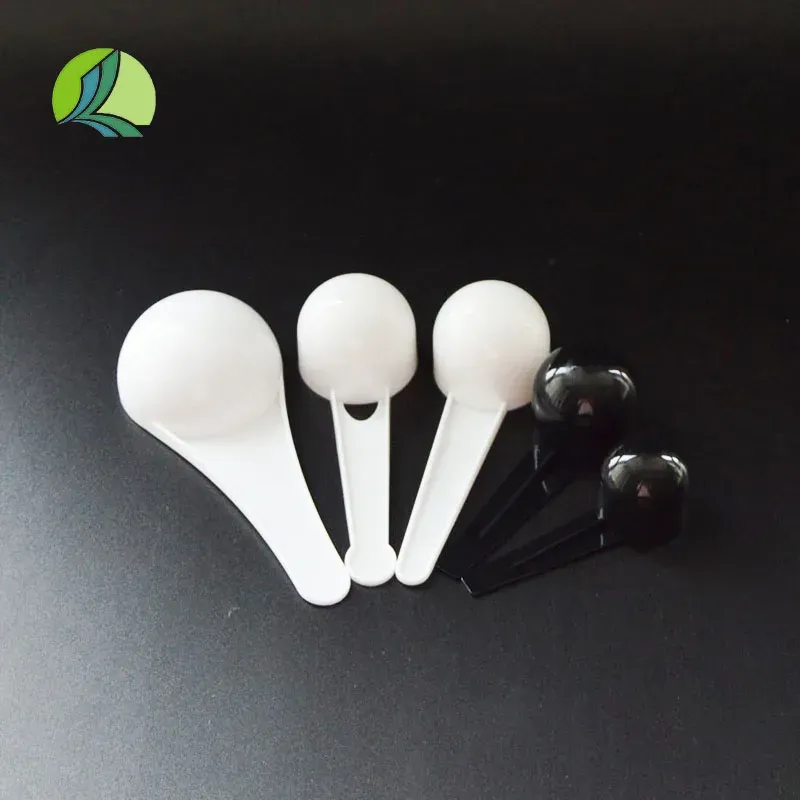
-
 Afrikaans
Afrikaans -
 Albanian
Albanian -
 Amharic
Amharic -
 Arabic
Arabic -
 Armenian
Armenian -
 Azerbaijani
Azerbaijani -
 Basque
Basque -
 Belarusian
Belarusian -
 Bengali
Bengali -
 Bosnian
Bosnian -
 Bulgarian
Bulgarian -
 Catalan
Catalan -
 Cebuano
Cebuano -
 Corsican
Corsican -
 Croatian
Croatian -
 Czech
Czech -
 Danish
Danish -
 Dutch
Dutch -
 English
English -
 Esperanto
Esperanto -
 Estonian
Estonian -
 Finnish
Finnish -
 French
French -
 Frisian
Frisian -
 Galician
Galician -
 Georgian
Georgian -
 German
German -
 Greek
Greek -
 Gujarati
Gujarati -
 Haitian Creole
Haitian Creole -
 hausa
hausa -
 hawaiian
hawaiian -
 Hebrew
Hebrew -
 Hindi
Hindi -
 Miao
Miao -
 Hungarian
Hungarian -
 Icelandic
Icelandic -
 igbo
igbo -
 Indonesian
Indonesian -
 irish
irish -
 Italian
Italian -
 Japanese
Japanese -
 Javanese
Javanese -
 Kannada
Kannada -
 kazakh
kazakh -
 Khmer
Khmer -
 Rwandese
Rwandese -
 Korean
Korean -
 Kurdish
Kurdish -
 Kyrgyz
Kyrgyz -
 Lao
Lao -
 Latin
Latin -
 Latvian
Latvian -
 Lithuanian
Lithuanian -
 Luxembourgish
Luxembourgish -
 Macedonian
Macedonian -
 Malgashi
Malgashi -
 Malay
Malay -
 Malayalam
Malayalam -
 Maltese
Maltese -
 Maori
Maori -
 Marathi
Marathi -
 Mongolian
Mongolian -
 Myanmar
Myanmar -
 Nepali
Nepali -
 Norwegian
Norwegian -
 Norwegian
Norwegian -
 Occitan
Occitan -
 Pashto
Pashto -
 Persian
Persian -
 Polish
Polish -
 Portuguese
Portuguese -
 Punjabi
Punjabi -
 Romanian
Romanian -
 Russian
Russian -
 Samoan
Samoan -
 Scottish Gaelic
Scottish Gaelic -
 Serbian
Serbian -
 Sesotho
Sesotho -
 Shona
Shona -
 Sindhi
Sindhi -
 Sinhala
Sinhala -
 Slovak
Slovak -
 Slovenian
Slovenian -
 Somali
Somali -
 Spanish
Spanish -
 Sundanese
Sundanese -
 Swahili
Swahili -
 Swedish
Swedish -
 Tagalog
Tagalog -
 Tajik
Tajik -
 Tamil
Tamil -
 Tatar
Tatar -
 Telugu
Telugu -
 Thai
Thai -
 Turkish
Turkish -
 Turkmen
Turkmen -
 Ukrainian
Ukrainian -
 Urdu
Urdu -
 Uighur
Uighur -
 Uzbek
Uzbek -
 Vietnamese
Vietnamese -
 Welsh
Welsh -
 Bantu
Bantu -
 Yiddish
Yiddish -
 Yoruba
Yoruba -
 Zulu
Zulu
Understanding Blood Sample Bottle Colors
The Significance of the Colors of Blood Sample Bottles
In the realm of medical diagnostics, blood sample collection is a fundamental procedure that aids in the detection of various diseases and medical conditions. While the act of drawing blood may seem straightforward, the color of the blood sample bottles is rich in significance, conveying essential information about the type of tests to be conducted and the preservation requirements of the samples.
Blood sample bottles come in different colors, each representing specific additives or anticoagulants that facilitate varying biochemical analyses. Understanding these colors enhances the efficiency of testing procedures and ensures that samples yield accurate results.
The Significance of the Colors of Blood Sample Bottles
On the other hand, blue-top tubes are used for coagulation tests. They contain sodium citrate, an anticoagulant that prevents blood from clotting. This is crucial for tests such as prothrombin time (PT) and activated partial thromboplastin time (aPTT), which assess the blood's ability to clot properly. The precise use of the blue tube helps minimize errors in coagulation evaluations, which can significantly influence patient management.
colours of blood sample bottles

Similarly, green-top tubes contain heparin, another anticoagulant, which is used for tests requiring plasma rather than serum. Heparin tubes are advantageous in situations where rapid testing is necessary, such as in emergency settings, as they allow for quick separation of plasma. Their versatility makes them a staple in many clinical laboratories.
Purple-top tubes, often seen in blood banks, contain EDTA (ethylenediaminetetraacetic acid), an anticoagulant that prevents clotting by binding calcium ions. These tubes are primarily used for hematology tests, including complete blood counts (CBC), as they preserve the cellular components of blood.
Finally, yellow-top tubes can vary in their purpose. Some contain acid citrate dextrose (ACD), which is used for blood banking and certain microbiological tests. Others may hold a different additive, so it is important for laboratory professionals to be aware of their specific uses to prevent mix-ups.
In conclusion, the colors of blood sample bottles function beyond mere aesthetics; they are critical to the accuracy and effectiveness of blood testing. Awareness and understanding of these colors enable healthcare professionals to choose the correct bottles for specific tests, thereby streamlining the diagnostic process and improving patient outcomes. As medicine continues to evolve, the meticulous attention to such details remains an essential aspect of quality care and laboratory efficiency.
-
PTFE Centrifuge Tubes - Chemical Resistant, Leak-proof, Ideal for Laboratory UseNewsJul.05,2025
-
Premium Metal Dropper Bottle for Precise Dispensing 250ml & 1ml Options AvailableNewsJul.04,2025
-
20 ml Headspace Vials - High Quality Polyethylene & Plastic Vials for Lab UseNewsJul.04,2025
-
Small Bottle with Pipette - Precise Dispensing 100ml Pipette Bottles for Essential Oils & Lab UseNewsJun.24,2025
-
Acetic Anhydride Bottle for Accurate Dropper Measurement in Pharmacy Use High-Quality Dropper BottlesNewsJun.10,2025
-
Innovative PET Bottle Design for Juice – Unique Shapes & Customization OptionsNewsJun.10,2025






















